Related Research Articles
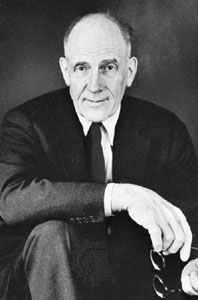
Wallace Kirkman Harrison was an American architect. Harrison started his professional career with the firm of Corbett, Harrison & MacMurray, participating in the construction of Rockefeller Center. He is best known for executing large public projects in New York City and upstate, many of them a result of his long and fruitful personal relationship with Nelson Rockefeller, for whom he served as an adviser.

Lee Oscar Lawrie was an American architectural sculptor and a key figure in the American art scene preceding World War II. Over his long career of more than 300 commissions Lawrie's style evolved through Modern Gothic, to Beaux-Arts, Classicism, and, finally, into Moderne or Art Deco.
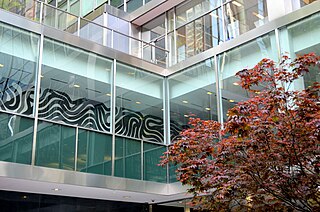
Gordon Bunshaft,, was an American architect, a leading proponent of modern design in the mid-twentieth century. A partner in Skidmore, Owings & Merrill (SOM), Bunshaft joined the firm in 1937 and remained with it for more than 40 years. His notable buildings include Lever House in New York, the Beinecke Rare Book and Manuscript Library at Yale University, the Hirshhorn Museum and Sculpture Garden in Washington, D.C., the National Commercial Bank in Jeddah, Saudi Arabia, 140 Broadway, and Manufacturers Hanover Trust Branch Bank in New York.

Ralph Adams Cram was a prolific and influential American architect of collegiate and ecclesiastical buildings, often in the Gothic Revival style. Cram & Ferguson and Cram, Goodhue & Ferguson are partnerships in which he worked. Cram was a fellow of the American Institute of Architects.
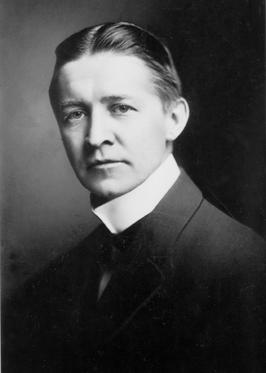
Bertram Grosvenor Goodhue was an American architect celebrated for his work in Gothic Revival and Spanish Colonial Revival design. He also designed notable typefaces, including Cheltenham and Merrymount for the Merrymount Press. Later in life, Goodhue freed his architectural style with works like El Fureidis in Montecito, one of the three estates designed by Goodhue.

James Renwick Jr. was an American architect in the 19th century. The Encyclopedia of American Architecture calls him "one of the most successful American architects of his time".
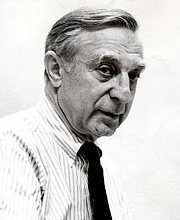
Max Abramovitz was an American architect. He was best known for his work with the New York City firm Harrison & Abramovitz.

James Gamble Rogers was an American architect. A proponent of what came to be known as Collegiate Gothic architecture, he is best known for his academic commissions at Yale University, Columbia University, Northwestern University, and elsewhere.

Russell Sturgis was an American architect and art critic of the 19th and early 20th centuries. He was one of the founders of the Metropolitan Museum of Art in 1870.
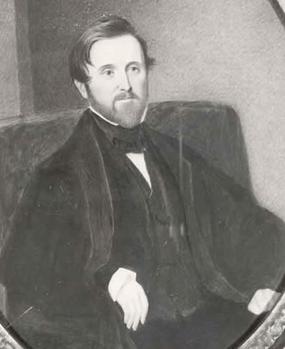
Alexander Jackson Davis, or A. J. Davis, was an American architect, known particularly for his association with the Gothic Revival style.

Charles Adams Platt was a prominent American architect, garden designer, and artist of the "American Renaissance" movement. His garden designs complemented his domestic architecture.

Serge Ivan Chermayeff was a Russian-born British architect, industrial designer, writer, and co-founder of several architectural societies, including the American Society of Planners and Architects.

The Avery Architectural and Fine Arts Library is a library located in Avery Hall on the Morningside Heights campus of Columbia University in the New York City. It is the largest architecture library in the world. Serving Columbia's Graduate School of Architecture, Planning and Preservation and the Department of Art History and Archaeology, Avery Library collects books and periodicals in architecture, historic preservation, art history, painting, sculpting, graphic arts, decorative arts, city planning, real estate, and archaeology, as well as archival materials primarily documenting 19th- and 20th-century American architects and architecture. The architectural, fine arts, Ware, and archival collections are non-circulating. The Avery-LC Collection, primarily newer print books, does circulate.
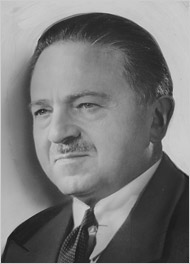
Ely Jacques Kahn was an American commercial architect who designed numerous skyscrapers in New York City in the twentieth century. In addition to buildings intended for commercial use, Kahn's designs ranged throughout the possibilities of architectural programs, including facilities for the film industry. Many of the buildings he designed under the 1916 Zoning Resolution feature architectural setbacks to keep the building profitably close to its permitted "envelope"; these have been likened to the stepped form of the Tower of Babel. Kahn is also known for his guidance to author Ayn Rand.

John Mead Howells,, was an American architect.

Ulric Henry Ellerhusen (1879–1957) first name variously cited as Ulrich or Ulrik, surname sometimes cited as Ellerhousen) was a German-American sculptor and teacher best known for his architectural sculpture.

The Church of the Heavenly Rest is an Episcopal church located on the corner of Fifth Avenue and 90th Street, opposite Central Park and the Carnegie Mansion, on the Upper East Side of New York City. The church is noted for the architecture of its building, location on Museum Mile, Outreach, Thrift, Music and Arts programs, and for some of its congregation members.

Harvey Wiley Corbett was an American architect primarily known for skyscraper and office building designs in New York and London, and his advocacy of tall buildings and modernism in architecture.
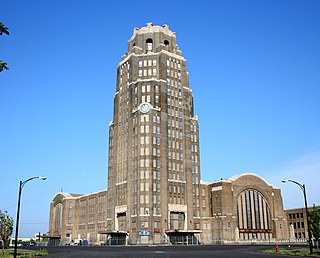
Alfred T. Fellheimer was an American architect. He began his career with Reed & Stem, where he was lead architect for Grand Central Terminal. Beginning in 1928, his firm Fellheimer & Wagner designed Cincinnati Union Terminal.
Ermelindo Eduardo Ardolino, known as Edward Ardolino was an Italian-born American stone carver and architectural sculptor of the early twentieth century. He was the most prominent member of the Ardolino family of stone carvers. He worked with leading architects and sculptors, including architect Bertram Grosvenor Goodhue and sculptor Lee Lawrie. Ardolino participated in at least nine Goodhue-Lawrie collaborations including the Los Angeles Public Library and the Nebraska State Capitol. His carvings adorn a significant number of important public and private buildings and monuments, including four buildings in the Federal Triangle of Washington, D.C.
References
- 1 2 3 "CLIO: Columbia University Libraries online catalog: Mayers, Murray & Phillip architectural records and papers" . Retrieved 2010-02-25.
- ↑ "2012 PRESERVATION AWARDS". LA Conservancy. Archived from the original on 16 October 2012. Retrieved 27 May 2013.
- ↑ Gray, Christopher. New York Streetscapes: Tales of Manhattan’s Significant Buildings and Landmarks (New York: Harry N. Abrams, 2003), p. 280.
- ↑ "The Oriental Institute, Chicago and its famous tympanum". Brown University. Archived from the original on 4 February 2012. Retrieved 27 May 2013.